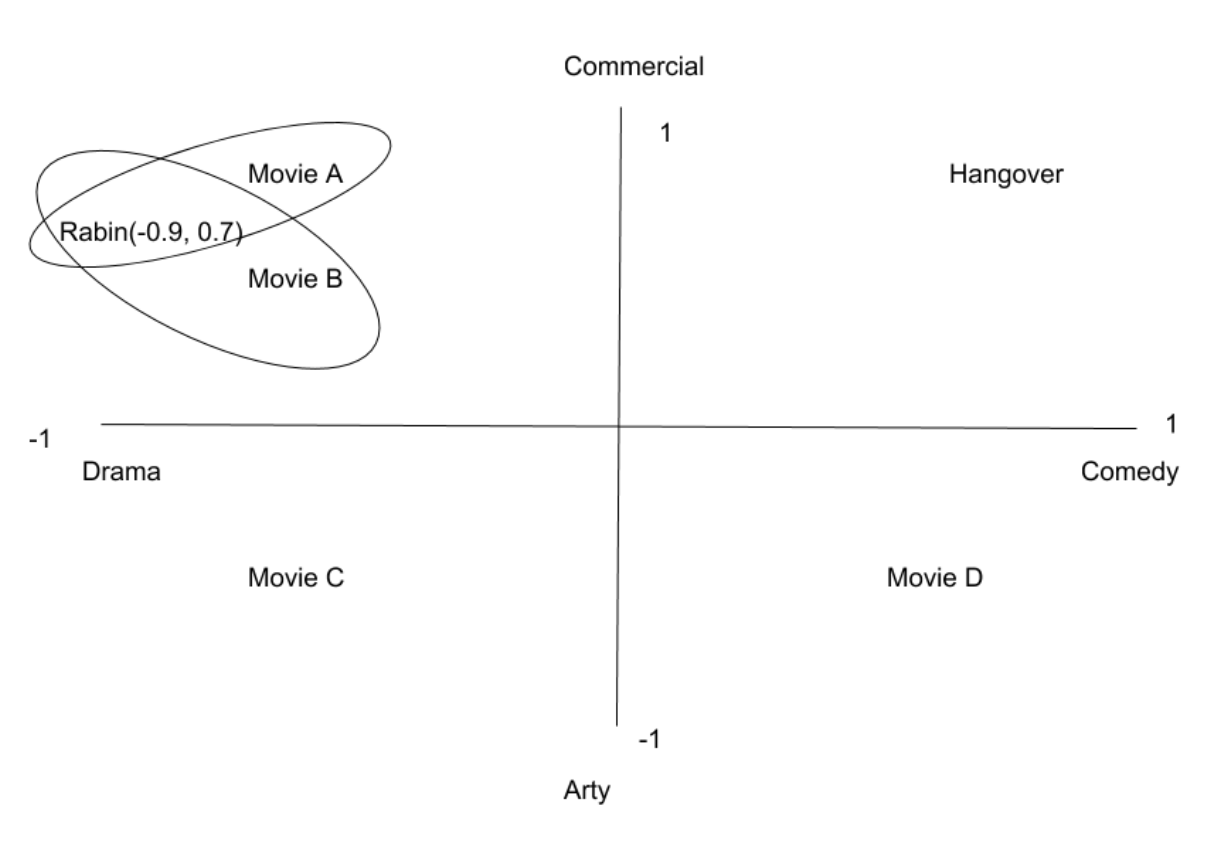What are our data sources?
We use the data sources on the side for ranking solutions and awarding badges in recommendation engine category. Our data sources in recommendation engine category include;
Recommendation engines also called personalization engines or recommendation software, help companies recommend the right product or service to their customers based on historical customer behavior.
To be categorized as a recommendation engine, a product must be able to make personalized recommendations based on customer data
If you’d like to learn about the ecosystem consisting of Recommendation Engine and others, feel free to check AIMultiple E-Commerce.
AIMultiple is data driven. Evaluate 15 services based on
comprehensive, transparent and objective AIMultiple scores.
For any of our scores, click the information icon to learn how it is
calculated based on objective data.
*Products with visit website buttons are sponsored
We use the data sources on the side for ranking solutions and awarding badges in recommendation engine category. Our data sources in recommendation engine category include;
review websites
social media websites
search engine data for branded queries
According to the weighted combination of 7 data sources

Optimizely

Adobe Target

Dynamic Yield

RichRelevance

Vue.ai
Taking into account the latest metrics outlined below, these are the current recommendation engine market leaders. Market leaders are not the overall leaders since market leadership doesn’t take into account growth rate.

Optimizely

Adobe Target

Dynamic Yield

Sailthru Experience Center

RichRelevance
These are the number of queries on search engines which include the brand name of the solution. Compared to other E-Commerce categories, Recommendation Engine is more concentrated in terms of top 3 companies’ share of search queries. Top 3 companies receive 91%, 18% more than the average of search queries in this area.
141 employees work for a typical company in this solution category which is 120 more than the number of employees for a typical company in the average solution category.
In most cases, companies need at least 10 employees to serve other businesses with a proven tech product or service. 12 companies with >10 employees are offering recommendation engine. Top 3 products are developed by companies with a total of 300k employees. The largest company building recommendation engine is IBM with more than 300,000 employees.
Taking into account the latest metrics outlined below, these are the fastest growing solutions:

Optimizely

Adobe Target

Dynamic Yield

RichRelevance

Vue.ai
We have analyzed reviews published in the last months. These were published in 4 review platforms as well as vendor websites where the vendor had provided a testimonial from a client whom we could connect to a real person.
These solutions have the best combination of high ratings from reviews and number of reviews when we take into account all their recent reviews.
This data is collected from customer reviews for all Recommendation Engine companies. The most positive word describing Recommendation Engine is “Easy to use” that is used in 2% of the reviews. The most negative one is “Expensive” with which is used in 1.00% of all the Recommendation Engine reviews.
According to customer reviews, most common company size for recommendation engine customers is 51-1,000 employees. Customers with 51-1,000 employees make up 49% of recommendation engine customers. For an average E-Commerce solution, customers with 51-1,000 employees make up 47% of total customers.
These scores are the average scores collected from customer reviews for all Recommendation Engines. Recommendation Engines is most positively evaluated in terms of "Overall" but falls behind in "Value For Money".
This category was searched on average for 4.5k times per month on search engines in 2022. This number has decreased to 4.4k in 2023. If we compare with other e-commerce solutions, a typical solution was searched 309 times in 2022 and this increased to 320 in 2023.
Recommendation engines are generally used to boost sales processes along with the relationship between the organization and customers. To learn all benefits, check out our article.
Challenges include:
Recommendation engines have three basic steps to make recommendations:
Data Collection
Core of a recommendation engine is consumer data. These engines collect implicit and explicit data.
Data storage
As the amount of data you store increases, you provide better recommendations for your customers. Organizations need to keep as much data as possible on the cloud or enterprise to analyze customers and divide them into segments.
Data Analysis and Recommendation
Recommendation engines analyze data by filtering it to extract relevant insights to make the final recommendations.
Recommendation systems can be useful and applicable to various industries in the B2C environment. We’ve explained those use cases before, feel free to check our article.
Recommendations depend on a combination of similar users' actions (collaborative filtering), products similar to those consumed by the user (content based filtering) or the context of the user (context aware filtering):
Content-based filtering
Content based filtering, as its name refers, is recommending a product that is similar to products the customer liked before. Below is an example of a movie recommendation content based filtering. Rabin is a user who mostly watches commercial dram movies and the system provides Movie A and Movie B as a recommendation. The downside of content-based filtering is product mappings are manual and depend on labelers’ bias.

Source:Medium
Another example is if the user rated a song from an artist, system recommends him another song from the same album.
Collaborative filtering
Collaborative filtering methods are divided into two categories:
Context aware filtering adjusts recommendations based on the time, place, the users' consumption right before the recommendation. For example, ice creams should be recommended more often in summer.
As the competition in all industries is increasing, keeping their customers engaged is an important goal for organizations. Recommendation engines enable organizations to increase their sales by upselling (selling a higher volume of products that they buy) or cross-selling (selling new products) to existing customers. Here are some recommendation engine examples from tech leaders: